|
Our final slash collection day is happening Saturday (Sept. 23) at the "gravel pit" on Highway 78 near San Isabel. Everyone is invited to haul and pile slash from their wildfire mitigation projects between 8 a.m. and 4 p.m. (slash and natural woody debris only - no trash or construction materials).
Here's everything you need to know:
0 Comments
With summer almost here, it's time to think about protecting your home from wildfire. To help keep you and your home safe, we'll have three slash collection events starting June 17. Here's everything you need to know:
As Colorado Gives Day approaches, please don't forget: Sangre De Cristo Electric Association customers can get a matching donation of up to $200. By donating now, you can maximize your donation, thanks to SDCEA and Colorado Gives.
Simply upload your donation receipt here to double your ARWC donation of $25-200. It takes less than a minute to double your gift and help us qualify for additional support from Colorado Gives until Tuesday, Dec. 6. Even better, if you make an ARWC donation by Dec. 6, you can bring your receipt of $25 or more to happy hour and receive a ticket for drink specials at Poncha Pub, Woods Distillery and Eddyline Tap House. Thank you for helping us protect our vital water resources in the Arkansas Valley! Please support the Arkansas River Watershed Collaborative with a tax-deductible donation for Colorado Gives Day.
Colorado Gives Day is Dec. 6, and all donations made on or before Dec. 6 will help us qualify for special awards and will support our mission of working to improve and sustain watershed health in Colorado's Arkansas River Basin. ARWC serves Colorado's Ark Basin communities by addressing locally-identified watershed issues for economic, ecological and social benefit. As Colorado Poet Laureate Thomas Hornsby Ferril wrote, "Here is a land where life is written in water." From forest health projects like wildfire mitigation to post-fire recovery and water quality monitoring, ARWC is working to ensure that future chapters of life in the Ark Basin feature prosperous communities with adequate water supplies supported by healthy watershed ecosystems. Please support out vital work by donating today. It's quick and easy. Just follow this link or scan the QR Code below. ARWC held three slash collection events in 2022 at the 12-Mile Road Gravel Pit in eastern Custer County. The events encouraged local residents to create defensible space and reduce the threat and potential severity of wildfire by providing a place to drop off slash.
Twenty-seven patrons participated in the three events, investing 1,356 hours to treat 508 acres and deliver 105 truck- and trailer-loads of slash to our three events. Slash collected totals 840 cubic yards, which U.S. Forest Service staff with the San Carlos Ranger District will burn during wet winter months. Our slash collection events were made possible by a Forest Restoration and Wildfire Risk Mitigation grant through the Colorado State Forest Service and by generous donations from slash patrons. We have applied for a grant to support slash collection events in 2023, but so far, our application has not been approved. In the meantime, we encourage everyone who is concerned about protecting our communities from wildfire to make a donation toward our 2023 slash collection fund so that we can continue to provide this service to our neighbors in the vicinity of San Isabel, Beulah and Rye. Our slash collection fund helps cover the cost of planning and organizing the events and for staff members to keep the slash site open. To make a donation using a credit card, debit card or PayPal account, please follow this link or use the QR code below. Thank you for your support! ARWC recently participated in an important community-wide meeting in Cuchara hosted by the Spanish Peaks Alliance for Wildfire Protection. The meeting was a highlight of the Alliance's Summer Community Education and Training Program.
The community meeting saw a packed house of concerned citizens, Firewise community leaders and Fire Adapted Colorado network members. Various agencies and organizations reported on milestones and achievements sparked by the 2018 Spring Creek Fire in Huerfano and Costilla counties. Discussions at the meeting covered thinning efforts, a recent mass wind-throw event, a shaded fuel break demonstration and prescribed burning. ARWC Chief Operations Officer Carrie Adair and Fuels Mitigation Specialist Margaret Strozyk were featured speakers at the community meeting along with: • Destiny Chapman and Dennis Page, U.S. Forest Service. • Paul Branson and Jared Fleming, Colorado State Forest Service. • Sammie Molinaro, Natural Resource Conservation Service. • Craig Yenzer, Spanish Peaks Alliance for Wildfire Protection. • Ron Jameson, La Veta Fire Protection District. 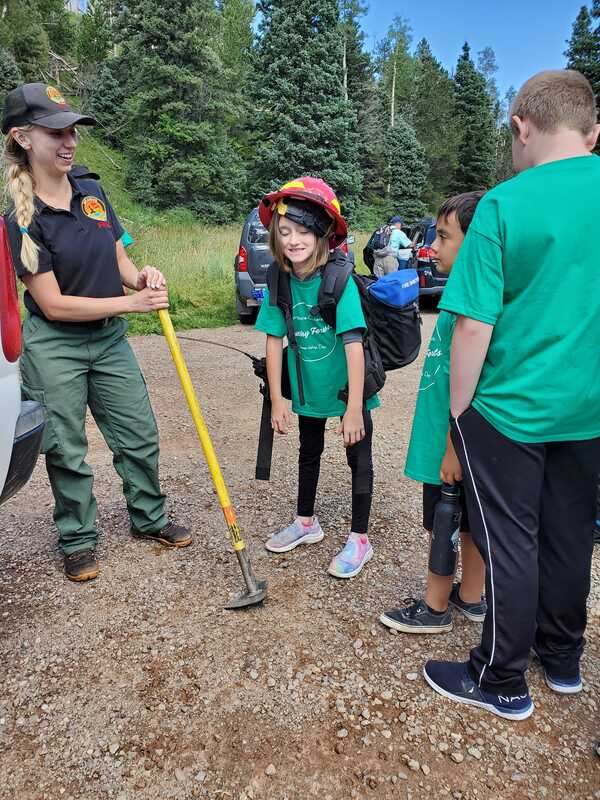 Forest Service Firefighter Allyson introduces kids to her firefighting gear during the recent Kids Purgatoire-Cucharas Health Forests Stewardship Day. The event brought kids from the Trinidad Youth Club to San Isabel National Forest where they learned about ARWC's collaborative forest health project with the Purgatoire Watershed Partnership. The Purgatoire Watershed Partnership enjoyed a successful Kids Purgatoire-Cucharas Healthy Forests Stewardship Day with the Trinidad Youth Club. The kids enjoyed a fun day in the San Isabel National Forest learning about wildfire and how to improve forest health.
Attendees learned about our collaborative Purgatoire and Cucharas Rivers fuel mitigation project that kicked off this summer. ARWC is partnering with the PWP's 17 local and regional partners, and we are all working together to make forests healthier and safer in these sister watersheds. Our project provides a great opportunity to educate the next generation about this important work. It was a beautiful day for the kids to connect with nature. Highlights included a picnic lunch at the Purgatoire Campground, and Forest Service firefighter Allyson let the kids try on her firefighting gear. After lunch, everyone headed up the North Fork Trail for a stewardship hike along the North Fork of the Purgatoire River. It was a great chance learn a few things, enjoy our public lands and pack out trash left along the trail. Due to the unexpected wintry weather May 21, our last slash collection day was canceled. We've added a slash event June 25 for those who have slash ready to be dropped off.
Due to weather concerns, we have decided to cancel Saturday's slash collection to avoid potential safety issues. Check back for more info.
|
ARCHIVES
September 2023
CATEGORIES
All
|

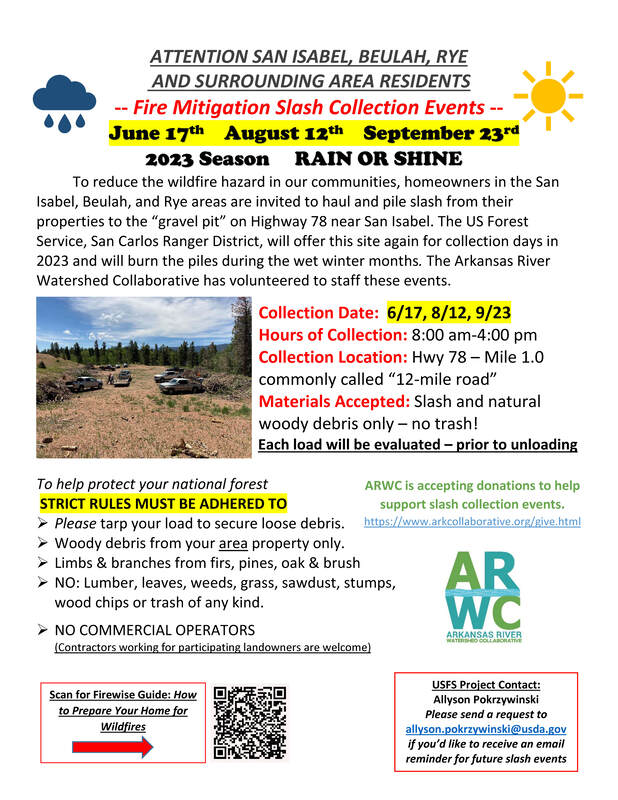
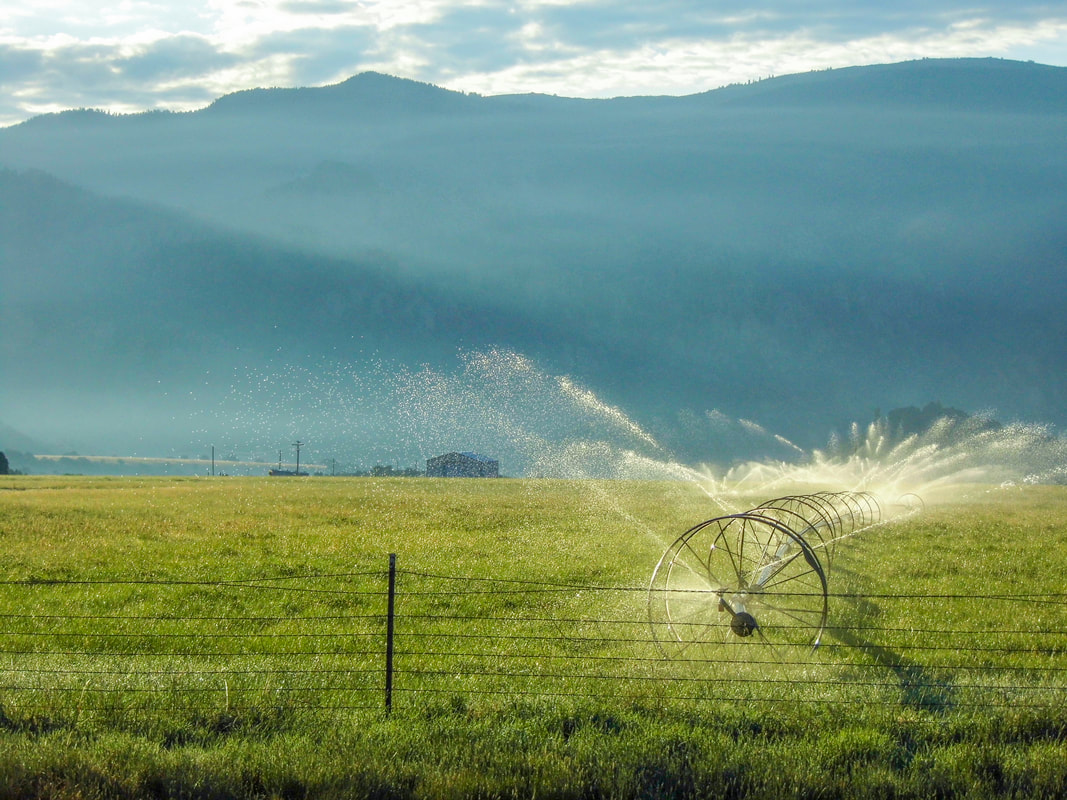
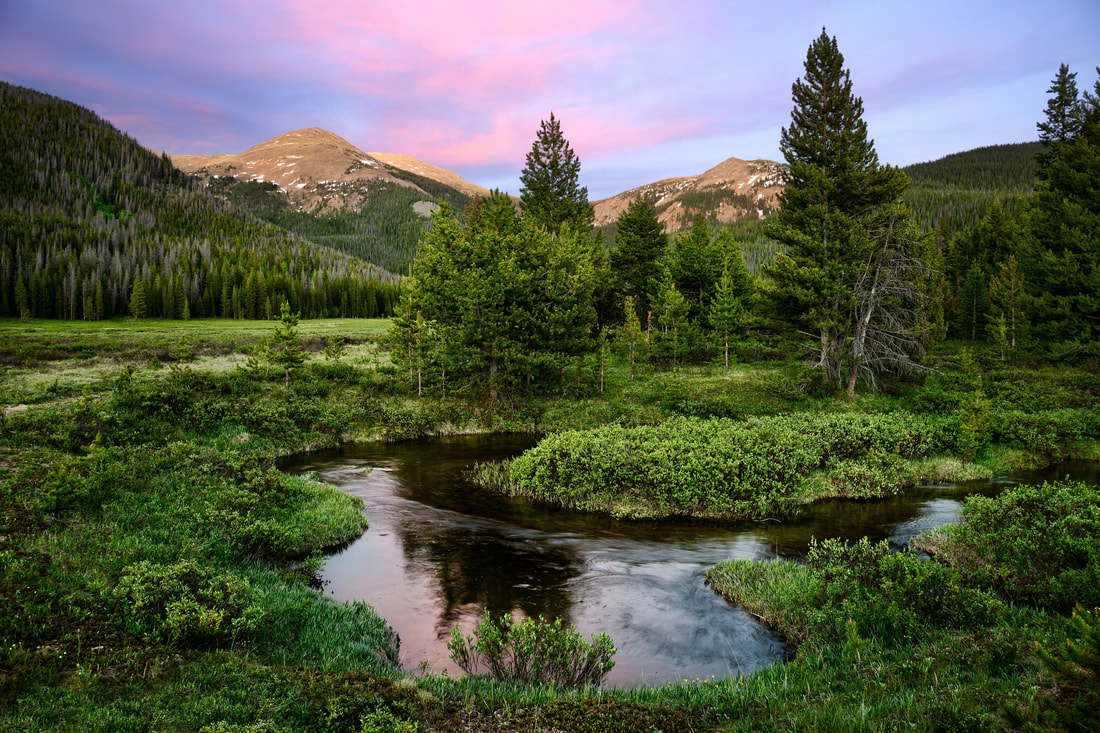

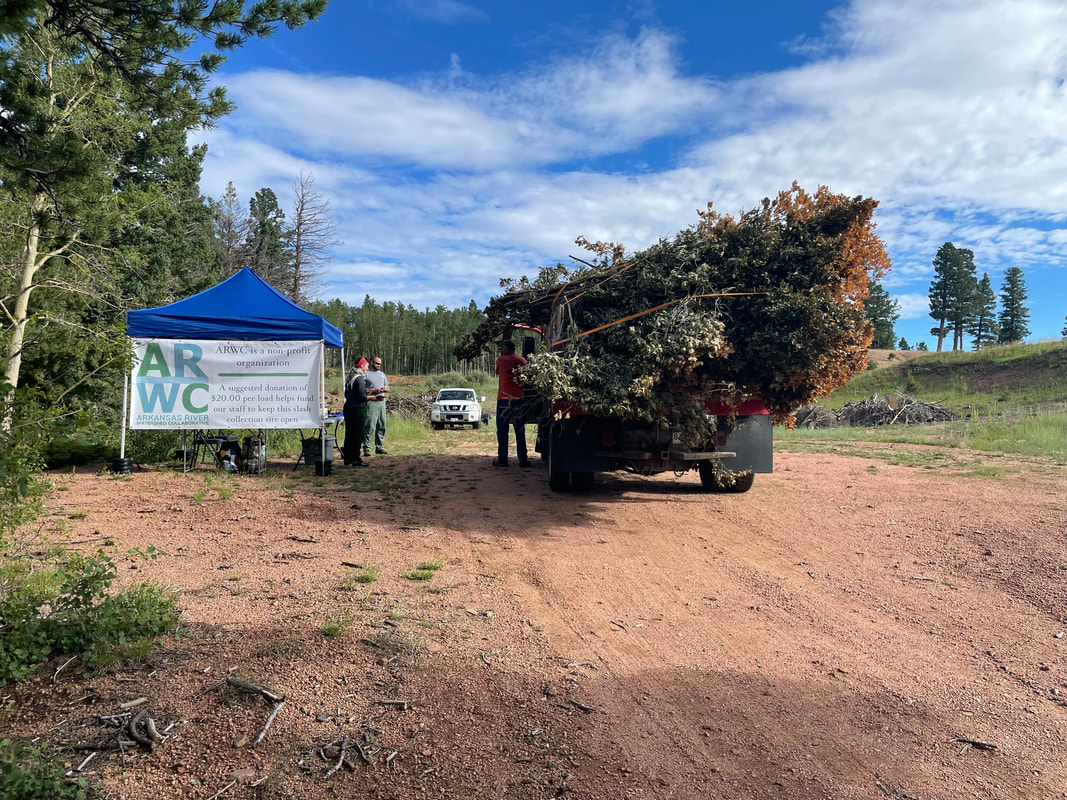

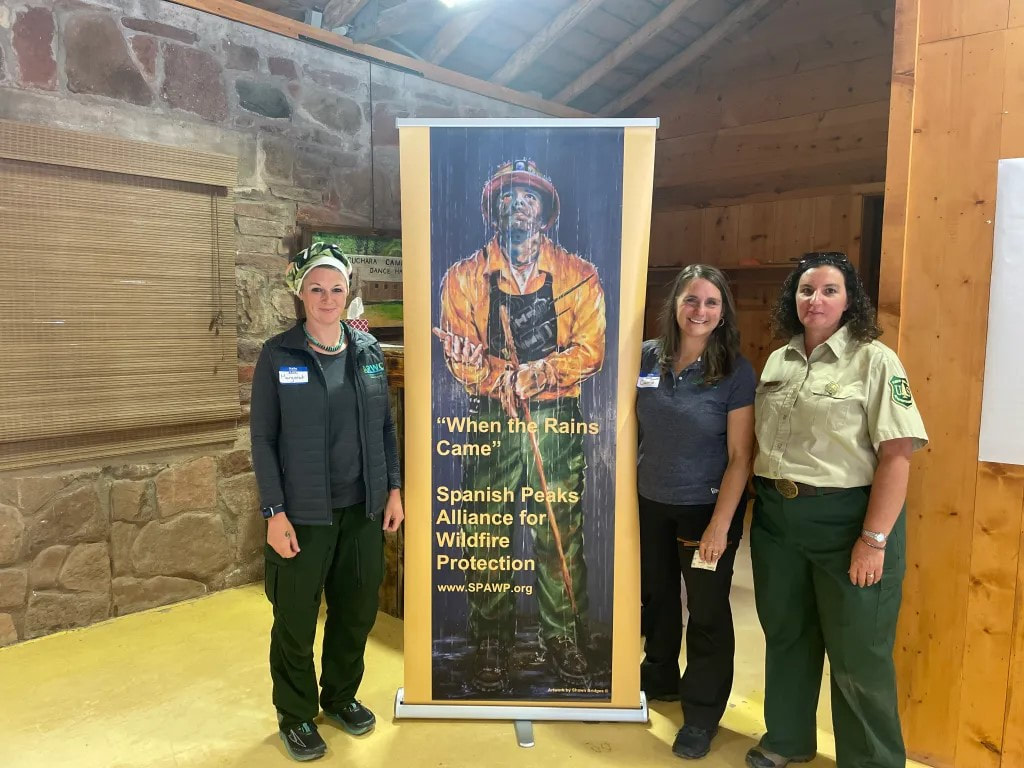
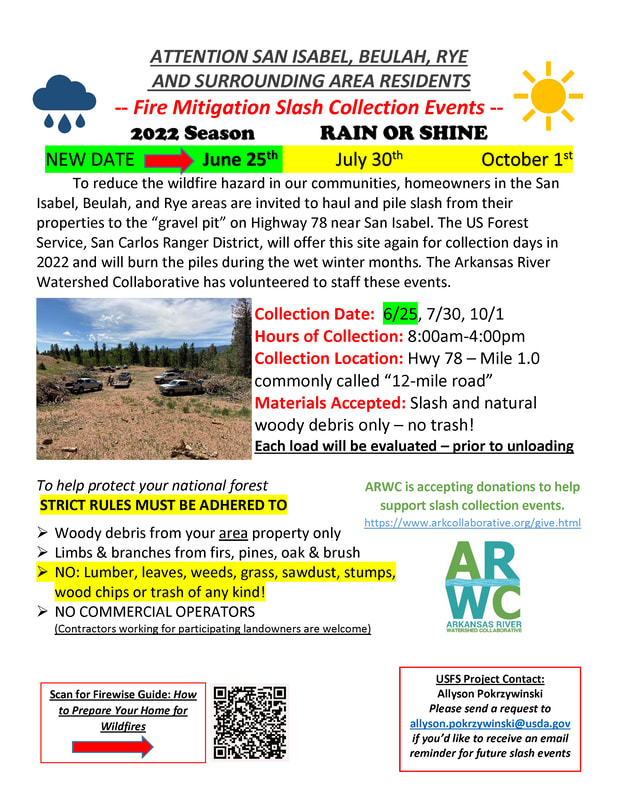
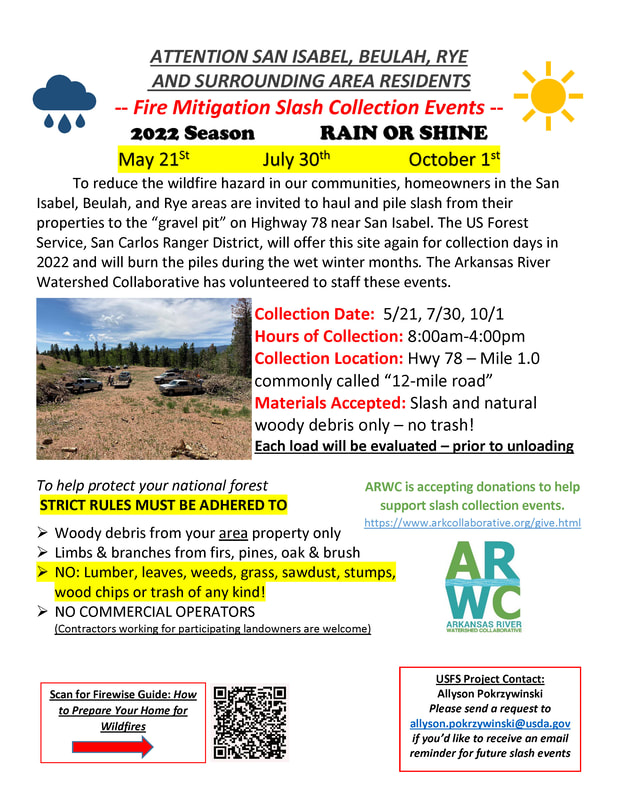
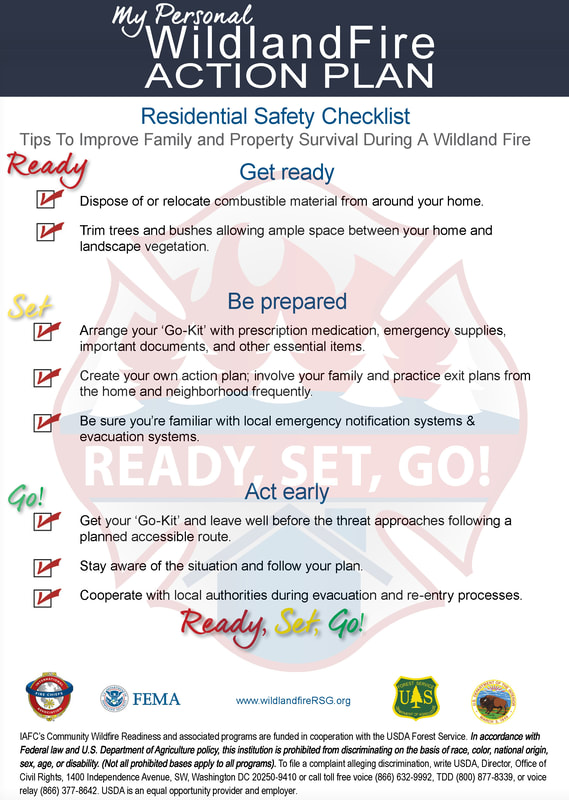
 RSS Feed
RSS Feed
